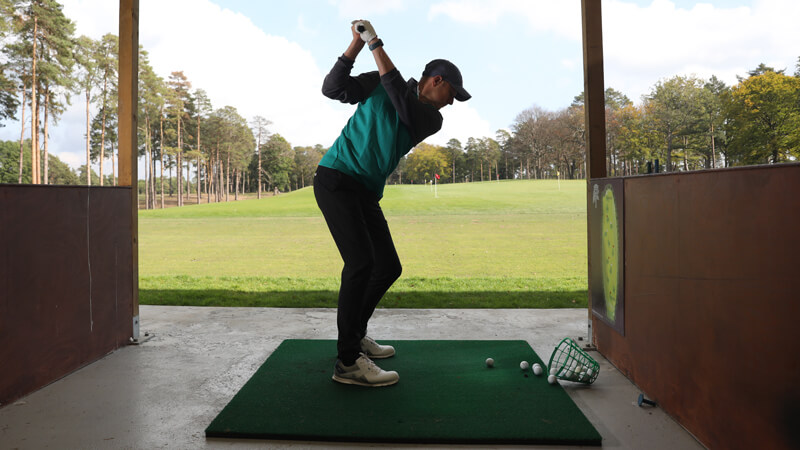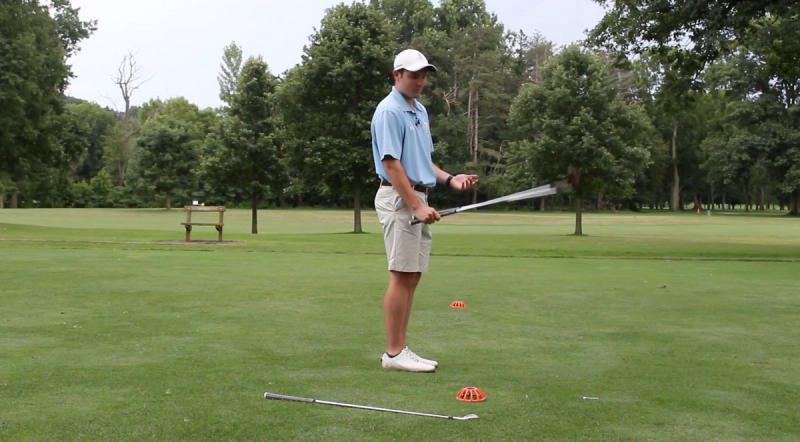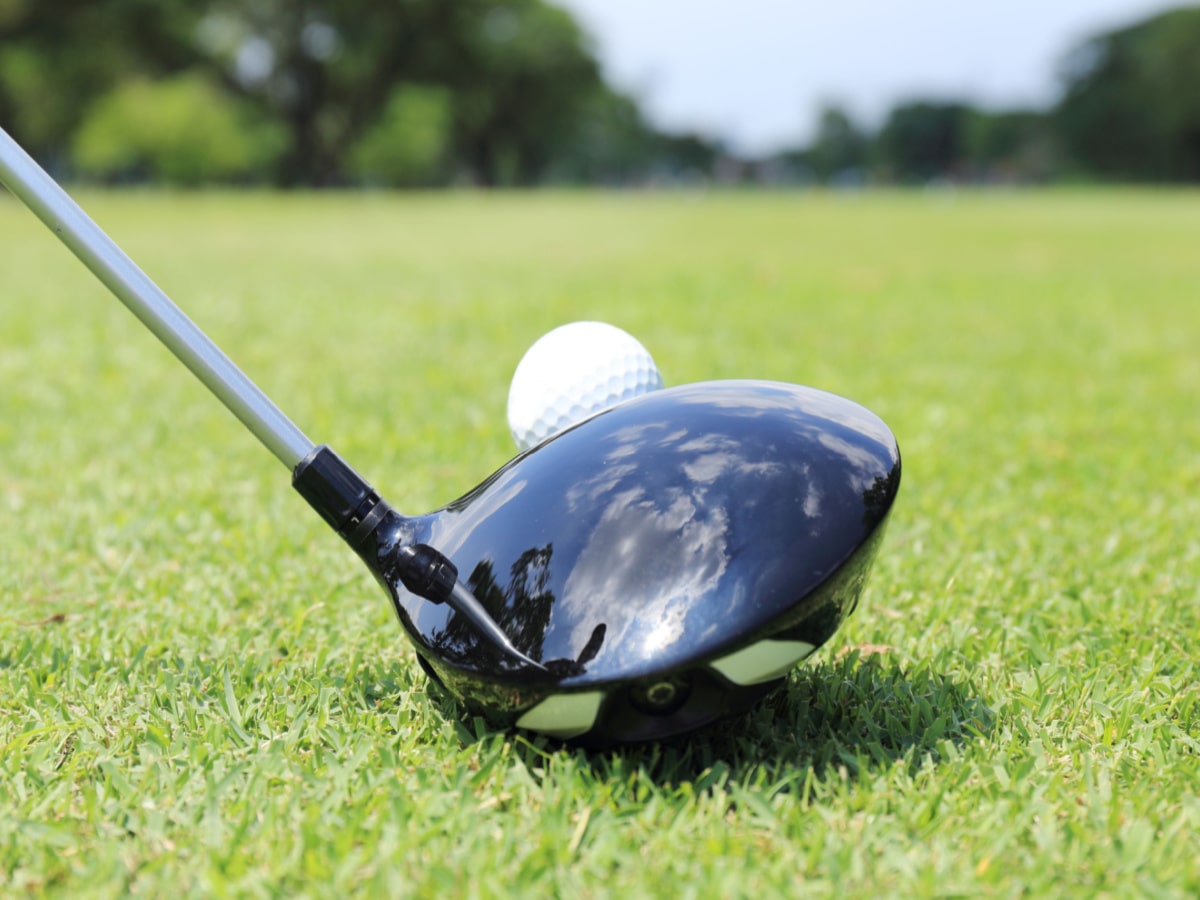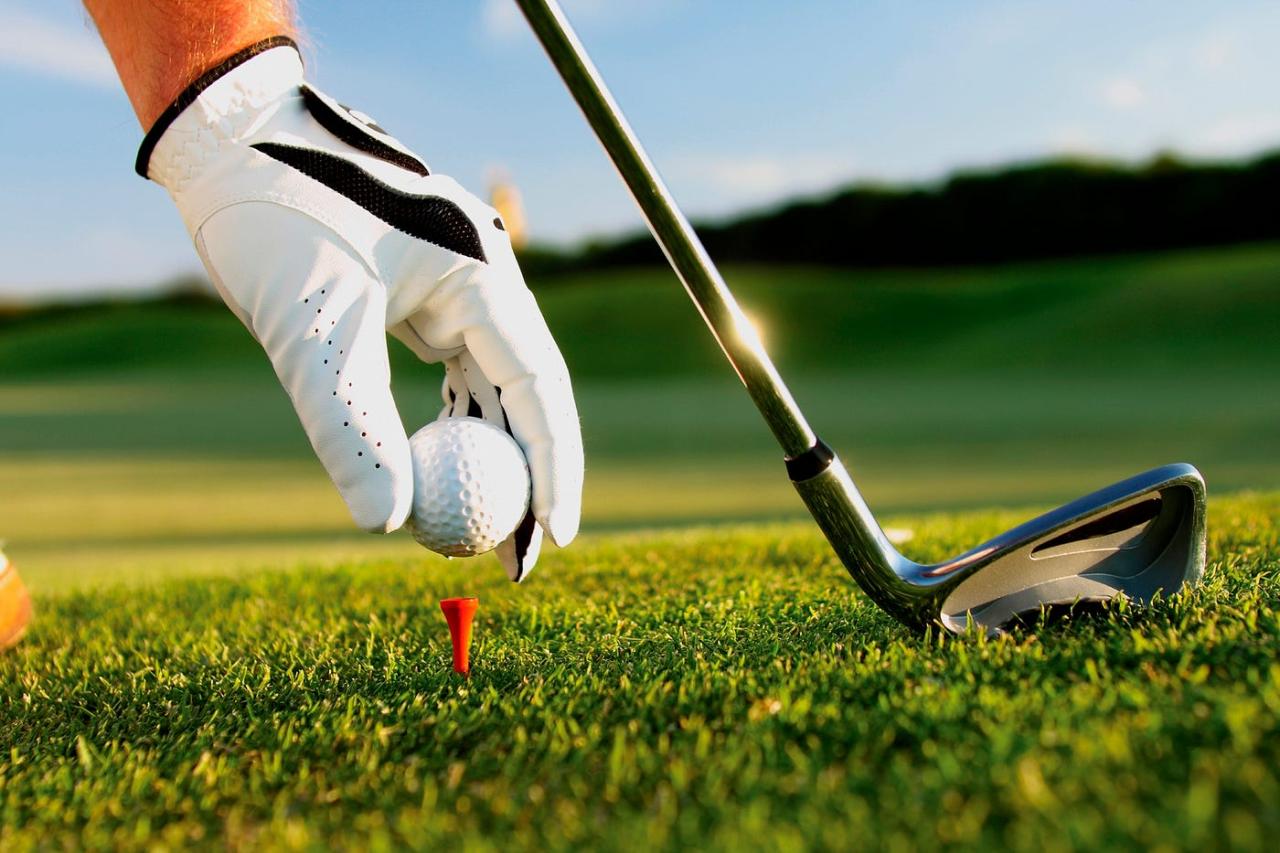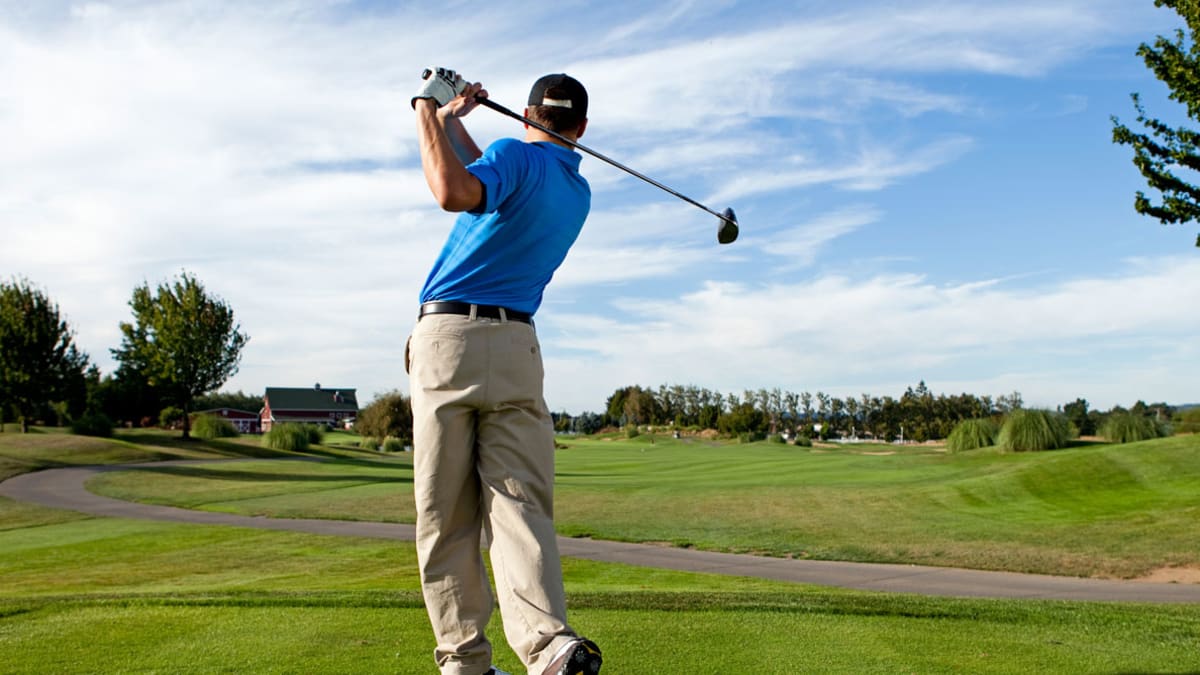How To Avoid Golf-Related Injuries
Share
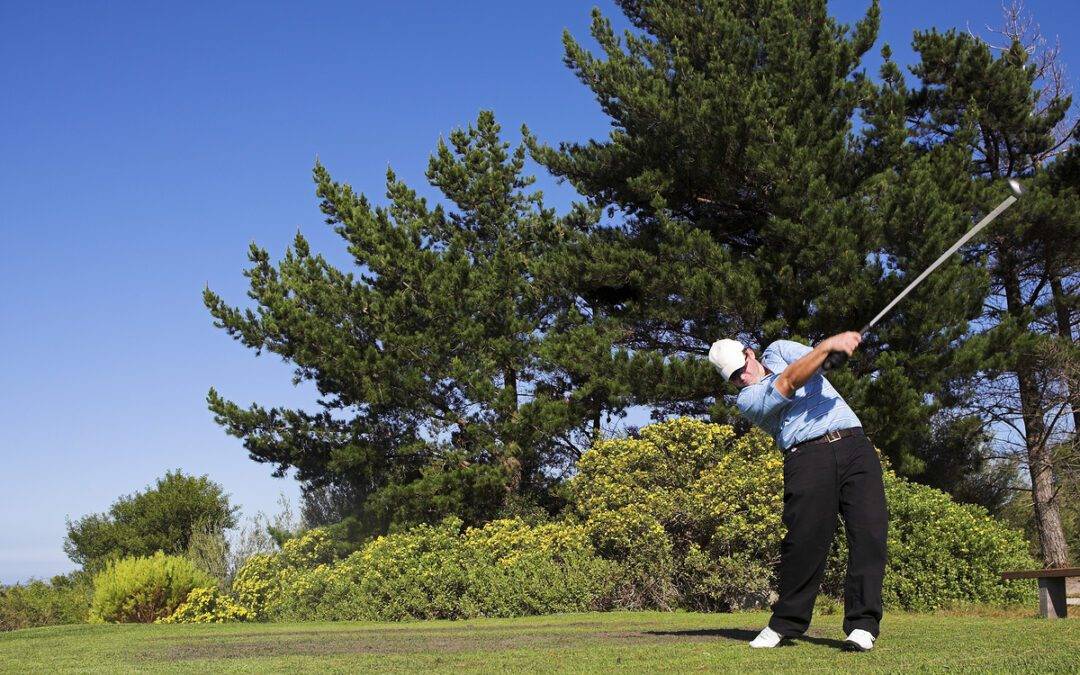
Golf: a sport revered for its precision, strategy, and grace. Yet, behind the picturesque fairways and meticulously manicured greens lies a hidden danger – the risk of golf-related injuries. From strained muscles to overuse injuries, the physical demands of the game can take a toll on even the most seasoned players. In this article, we will explore some key strategies and techniques to help you avoid injuries on the golf course and keep your game on par.

Warm-Up Properly Before Playing
One of the most important aspects of preventing golf-related injuries is to warm up properly before hitting the course. By taking the time to properly warm up your muscles and joints, you can help reduce the risk of strains, sprains, and other injuries while improving your performance on the course.
To warm up properly before playing, consider incorporating the following into your routine:
- Dynamic stretching: Dynamic stretching helps increase blood flow to your muscles and improves flexibility. Try incorporating leg swings, arm circles, and hip rotations into your warm-up routine.
- Light cardio: Engaging in light cardio activities such as jogging or jumping jacks can help raise your heart rate and warm up your muscles.
- Practice swings: Take a few practice swings with both your clubs and without to help loosen up your muscles and improve your swing mechanics.
- Putting and chipping: Spend some time on the putting green and practice chipping to help improve your feel for the game and prepare your body for the movements required during your round.
Properly warming up before playing can help reduce the risk of injuries and improve your overall performance on the golf course. By taking the time to warm up your muscles and joints, you can help ensure that you have a safe and enjoyable round of golf.
Improve Your Swing Mechanics
When it comes to improving your swing mechanics in golf, it’s crucial to pay attention to the way you move your body and handle your clubs. By making small adjustments to your technique, you can not only enhance your performance on the course but also reduce your risk of sustaining injuries. Here are some tips to help you avoid golf-related injuries:
- Warm Up: Before you hit the course, take the time to warm up your muscles with some light stretching and a few practice swings. This will help prevent strains and sprains during your game.
- Proper Form: Focus on maintaining good posture and alignment throughout your swing. Keep your back straight, shoulders relaxed, and knees slightly bent to reduce the strain on your joints.
- Strength Training: Incorporate exercises that target the muscles used in golf, such as your core, shoulders, and legs. Building strength in these areas can improve your stability and power, reducing the risk of overuse injuries.
| Common Golf Injuries | Preventive Measures |
|---|---|
| Golfer’s Elbow | Use proper gripping technique, warm up before playing |
| Back Strain | Focus on core strength, practice proper posture |
| Rotator Cuff Injury | Strengthen shoulder muscles with specific exercises |
By following these tips and being mindful of your body mechanics, you can enjoy a safer and more fulfilling golfing experience. Remember, it’s not just about improving your swing – it’s about protecting your body for years of enjoyment on the course.
Use Proper Equipment and Footwear
One of the most important aspects of preventing golf-related injuries is using the proper equipment and footwear. Wearing the right gear not only enhances your performance on the course but also protects you from unnecessary strains and injuries.
When it comes to equipment, make sure your clubs are fitted to your height, swing style, and strength. Ill-fitted clubs can cause you to compensate with incorrect movements, leading to muscle strains and joint pain. Additionally, using the right type of golf balls for your skill level can help prevent overexertion and reduce the risk of shoulder or elbow injuries.
Proper footwear is essential for maintaining stability and balance during your swings. Invest in a good pair of golf shoes with spikes or cleats to prevent slipping on wet grass or uneven terrain. Cushioned insoles can also provide support and reduce the impact on your joints, particularly during long days on the course. Remember, comfortable feet lead to a better overall game and fewer chances of injury.
In conclusion, paying attention to the equipment and footwear you use while playing golf can make a significant difference in your performance and overall well-being. Take the time to ensure that your gear is suitable for your body type and skill level, and you’ll enjoy a safer and more enjoyable time on the course.
Listen to Your Body’s Signals
As golfers, it’s important to pay attention to the signals your body is sending you while out on the course. Ignoring these signals can lead to serious injuries that could have been prevented. Whether it’s a twinge in your back or a sore knee, your body is constantly communicating with you. Here are some tips on how to avoid golf-related injuries by listening to your body:
- Take breaks: It’s crucial to give your body time to rest during a round of golf. Listen to your body and take breaks when needed to prevent overuse injuries.
- Stay hydrated: Dehydration can lead to muscle cramps and fatigue, increasing your risk of injury. Make sure to drink plenty of water throughout your round.
- Warm up and stretch: Before hitting the course, take the time to warm up your muscles and do some stretching exercises. This can help prevent strains and sprains during your game.
| Body Signal | Meaning |
|---|---|
| Sudden sharp pain | Stop immediately and seek medical attention |
| Stiffness or soreness | Take a break and do some gentle stretches |
Remember, preventing golf-related injuries is all about being mindful of your body and taking the necessary precautions. By incorporating proper stretching, strengthening exercises, and using proper equipment, you can ensure your time on the green is enjoyable and injury-free. So go ahead, tee off with confidence and keep these tips in mind to stay in top form on the course. Here’s to many more rounds of golf with a healthy body and mind. Happy swinging!
